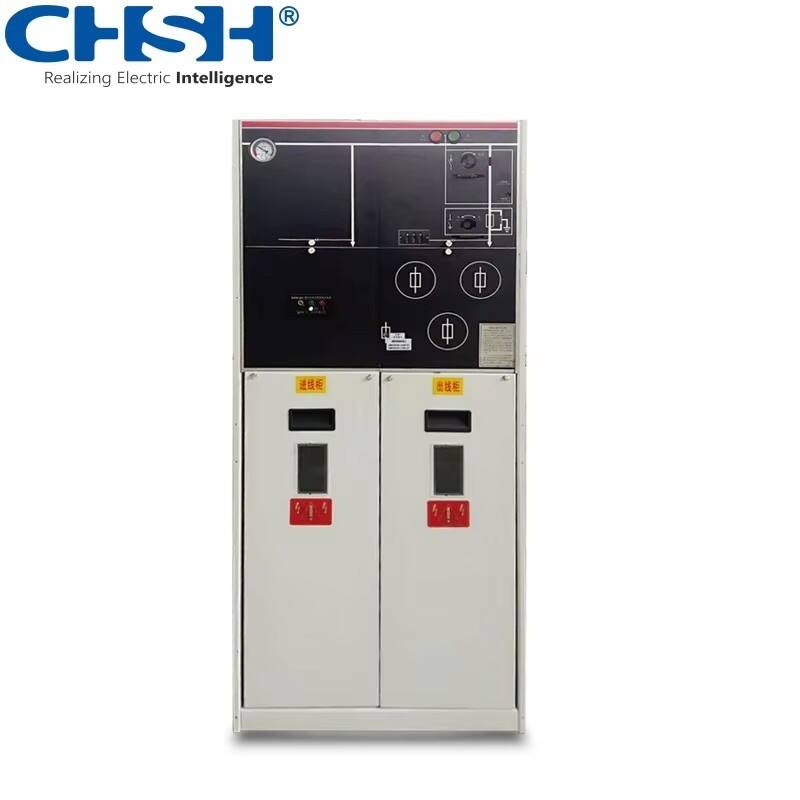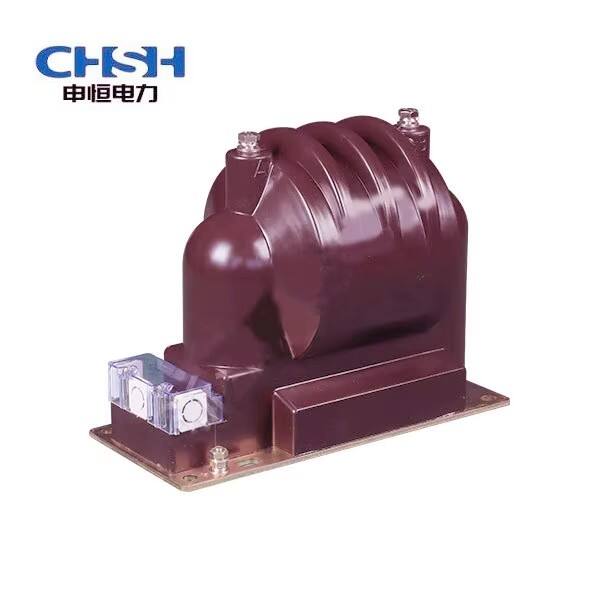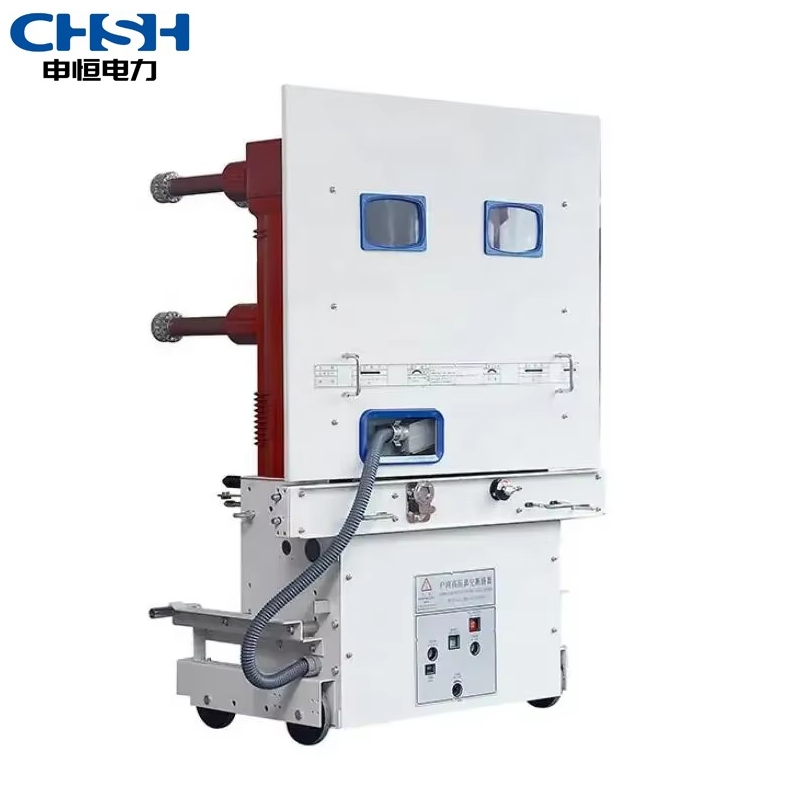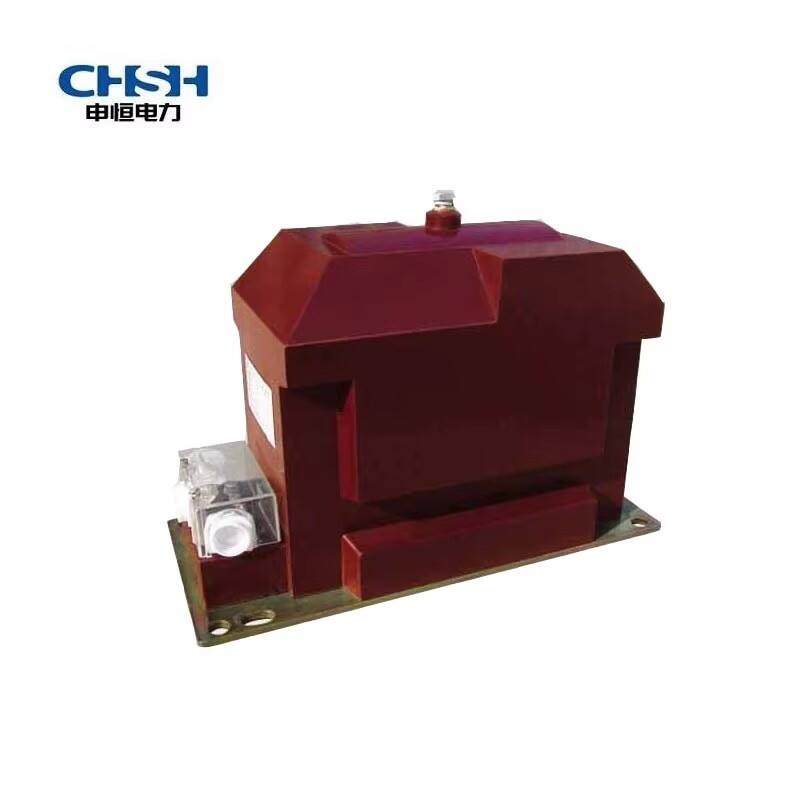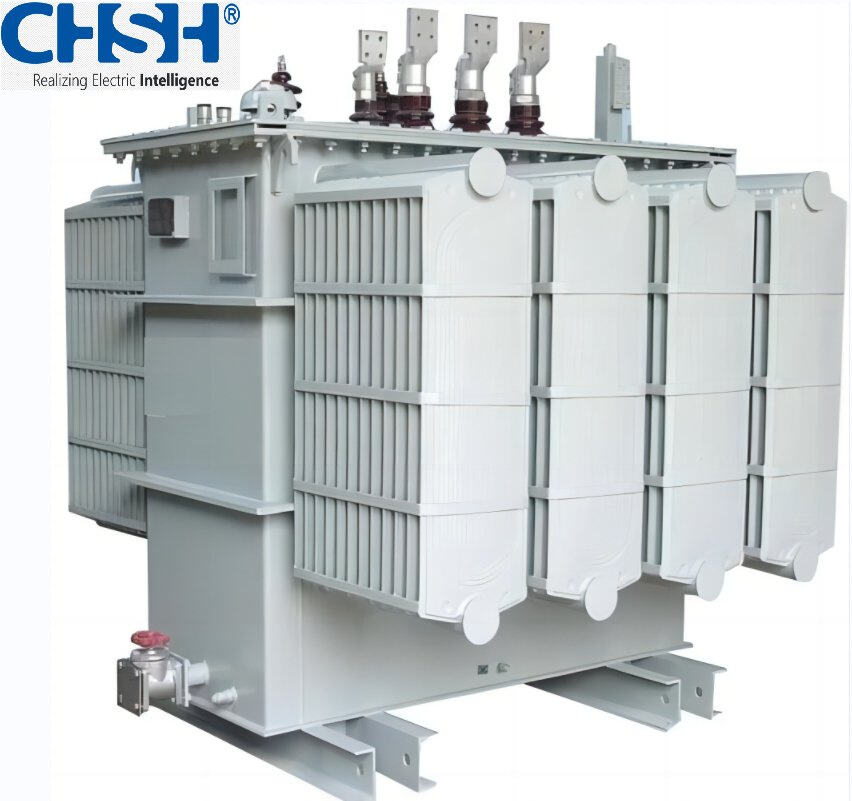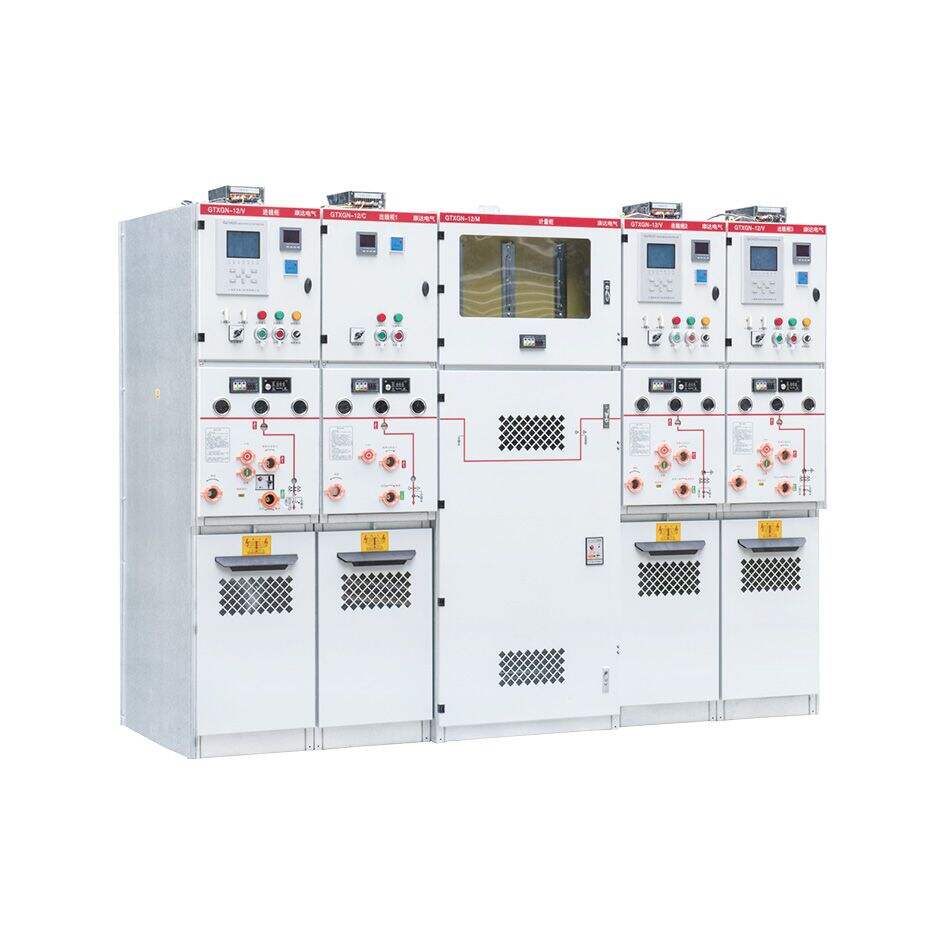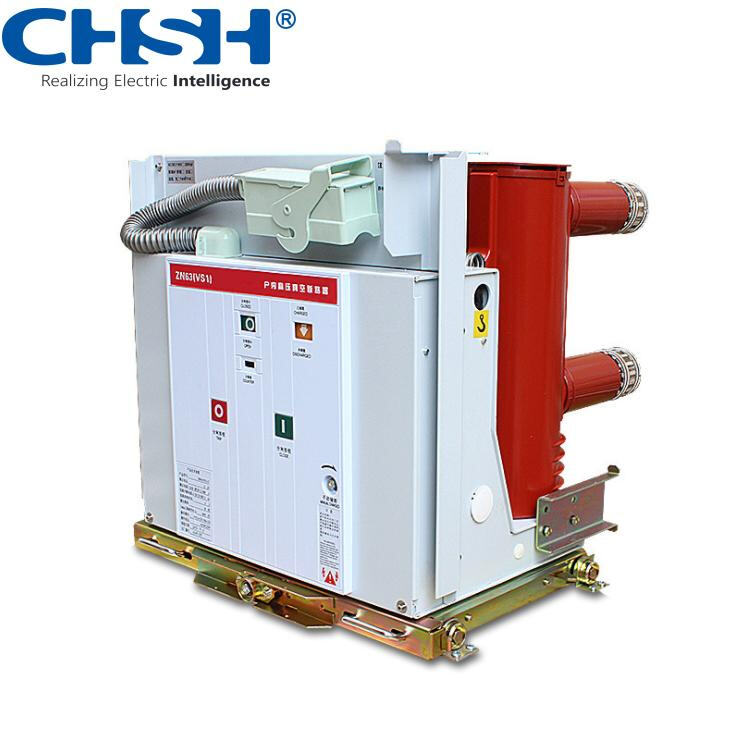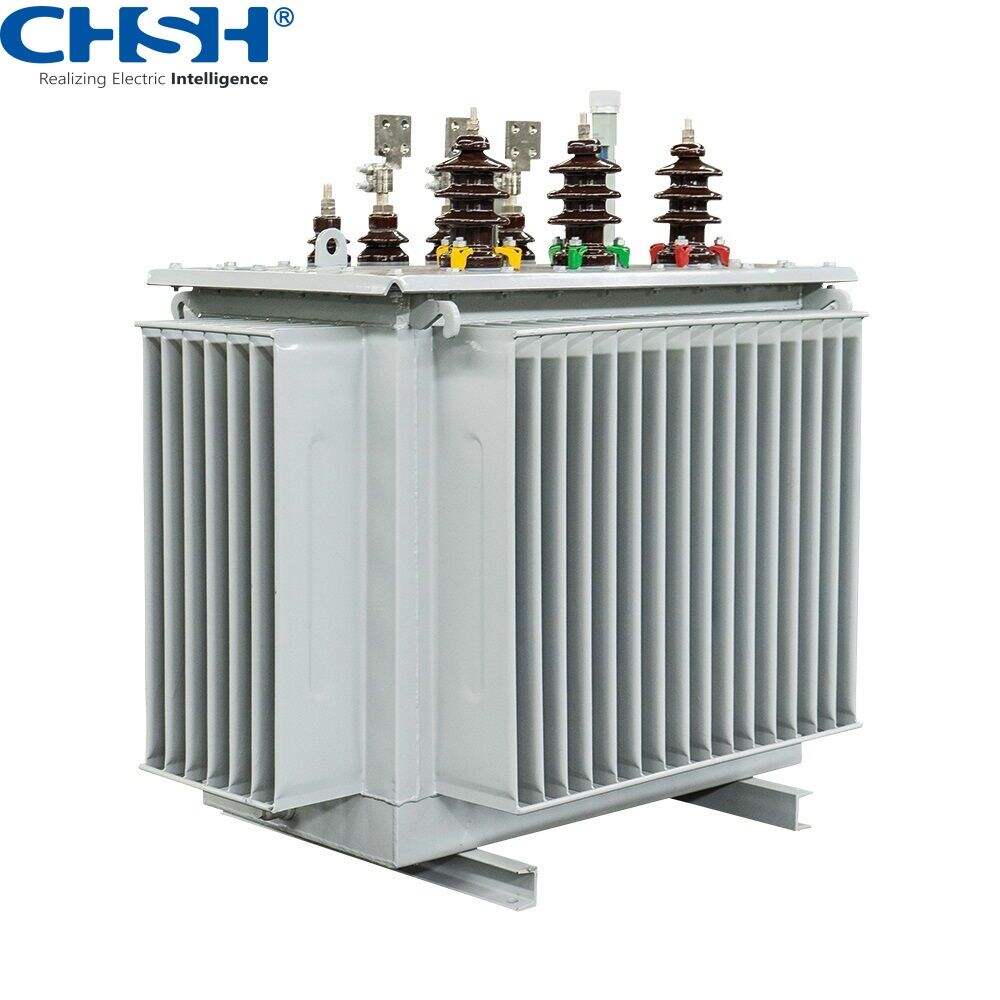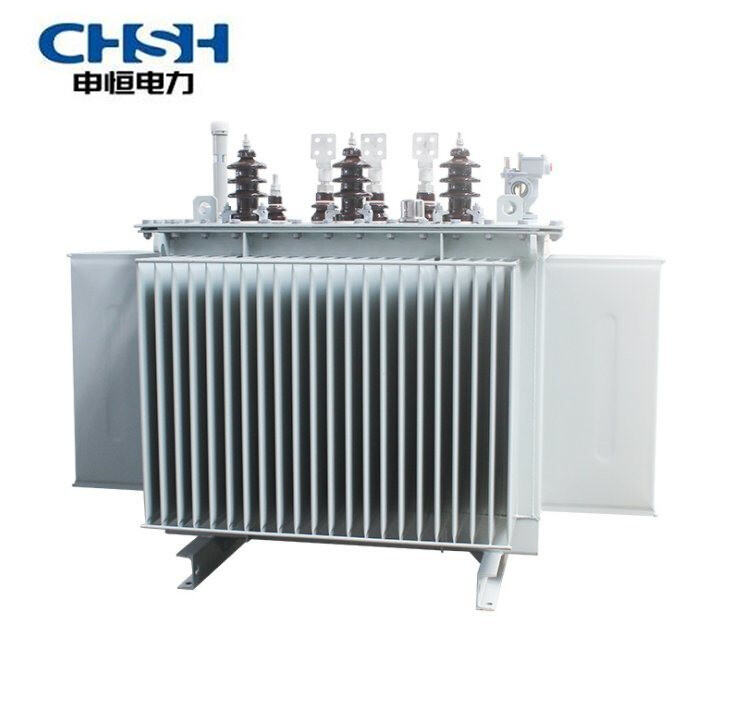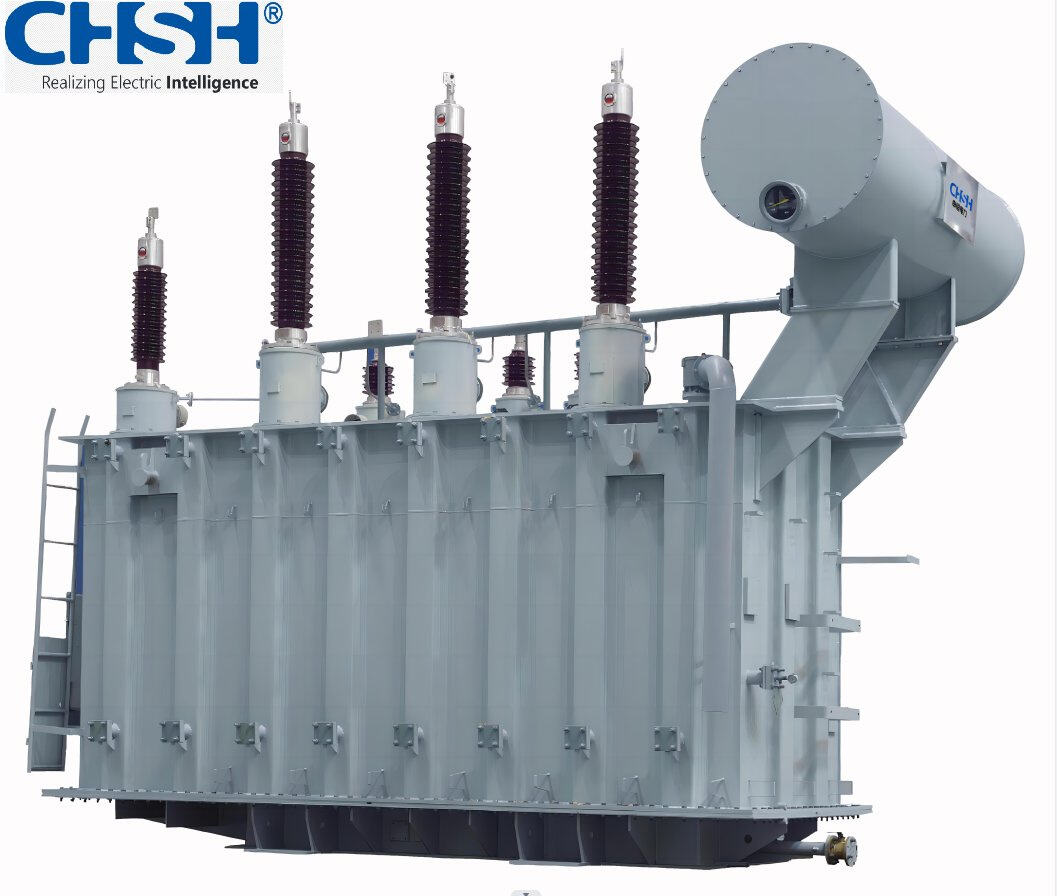yksivaiheisen muuntajan jännite
Yksivaiheinen muuntaja on tärkeä sähkölaitteisto, joka muuttaa vaihtovirtajännitteen tasolta toiselle säilyttäen samalla taajuuden. Tämä sähköjärjestelmien peruskomponentti koostuu kahdesta kierrekäämistä, ensiö- ja toisiokäämiksi, jotka on kierretty laminoidun teräsytimen ympärille. Ensiökäämi vastaanottaa syöttöjännitteen, kun taas toisiokäämi toimittaa muunnetun lähtöjännitteen. Näillä muuntajilla toimitaan sähkömagneettisen induktion periaatteiden mukaisesti, ja ne voivat joko nostaa tai laskea jännitetasoja tiettyjen tarpeiden mukaan. Niiden rakenne sisältää yleensä olennaisia osia, kuten ydin, käämit, eristysmateriaalit ja jäähdytysjärjestelmät. Näillä muuntajilla on laajat sovellukset asuinkerrostalojen sähkönsiannossa, pienten liiketilojen sähköverkoissa ja monissa teollisuusprosesseissa, joissa yksivaiheinen virta on riittävä. Ne ovat keskeisessä roolissa turvallisen ja tehokkaan sähkön toimittamisessa muuntamalla korkean siirtojännitteen käyttökelpoiseksi tasoiksi kodinkoneille ja laitteille. Nykyaikaiset yksivaiheiset muuntajat sisältävät edistyneitä ominaisuuksia, kuten lämpösuojauksen, ylijännitesuojausjärjestelmät ja tehokkaat jäähdytysmekanismit, jotka parantavat luotettavuutta ja suorituskykyä. Jännitemuunnosaste määräytyy ensiön ja toisiokäämien kierrosten lukumäärän suhteesta, mikä mahdollistaa tarkan jännitteen säädön vastaamaan sovellusten tarpeita.

